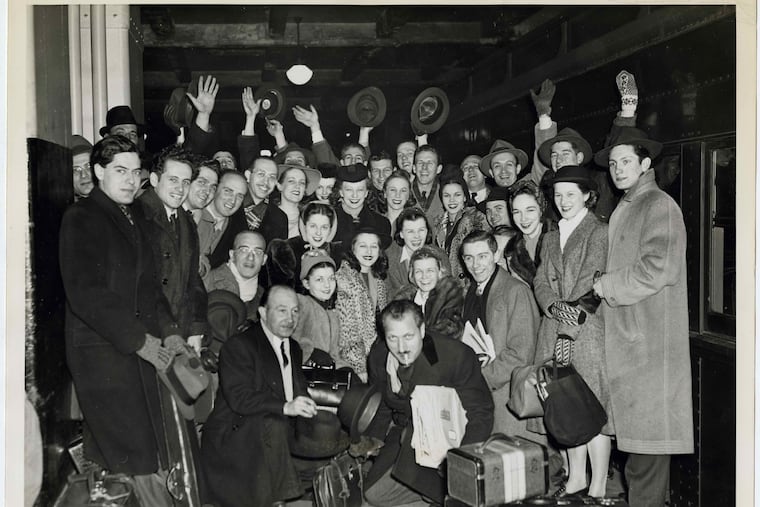Philadelphia Ballet should go back to its roots, including hiring local dancers | Opinion
Most of the Philadelphia Ballet's dancers are not native to Philadelphia and didn’t receive their primary training here.

On June 22, Pennsylvania Ballet announced it had changed its name to Philadelphia Ballet. The change makes sense: The company never exclusively represented the entire commonwealth. The well-regarded Pittsburgh Ballet Theatre dates back to 1969 and the Central Pennsylvania Youth Ballet, a training center in Carlisle, boasts a national reputation. Moreover, the name Pennsylvania Ballet was not the first choice of Barbara Weisberger, who founded the company in 1963. She called it Philadelphia Ballet until another ensemble at the time, the Philadelphia Civic Ballet, objected.
Shelly Power, executive director of the newly christened Philadelphia Ballet, acknowledged this history, asserting that the rebranding “not only honors [Weisberger’s] intentions, but also celebrates our real and intrinsic connection to the communities of Philadelphia.” What Power omits — perhaps because she’s unaware — is that a Philadelphia Ballet tightly connected to its communities already existed in this city nine decades ago. From 1935 to 1941, the internationally renowned Philadelphia Ballet, founded by ballerina/choreographer Catherine Littlefield, shaped the direction of American dance in the 20th century. Among its many achievements, the original Philadelphia Ballet produced the first full-length Sleeping Beauty in the United States and was the first American ballet troupe to tour Europe, where it was widely acclaimed.
» READ MORE: Queuing up to retake the stage, Pennsylvania Ballet has a new name
Littlefield’s dancers hailed from working-class and immigrant neighborhoods throughout the city such as Strawberry Mansion and Kensington, and Littlefield trained them herself in her modest studio at 1815 Ludlow St. (now a parking garage). Famed Russian choreographer George Balanchine recruited a number of the dancers for his American Ballet, a precursor to his New York City Ballet, while others left to become original members of American Ballet Theatre, where Angel Corella, the artistic director of today’s Philadelphia Ballet, spent the bulk of his remarkable performing career.
Most of Corella’s dancers are not native to Philadelphia and didn’t receive their primary training here. Of the eight principals currently listed on the roster, three are from Cuba, one from China, one from Ukraine, and the remaining three from two states: Colorado and Maryland. In keeping with its new name, the new Philadelphia Ballet (and its affiliated school) should resolve to do more of what Littlefield did: Draw talent locally and keep it here. Whereas Littlefield’s troupe included first-generation Poles and Italians, Corella’s might include first-generation Latinos from Hunting Park, Nigerians from Southwest Philadelphia, and Cambodians from Olney. The composition of the new Philadelphia Ballet would better reflect the city of its day, much as its predecessor did.
In 1935, Littlefield called her troupe the Littlefield Ballet for two months before expropriating her home city’s name, well aware of the high standards already set along those lines by Leopold Stokowski’s Philadelphia Orchestra. Corella and company similarly recognize the responsibility they have assumed, in tying their identity to the “iconic birthplace of the country and a hub of bold, progressive ideals.” A commitment to representing this city not only by a new name but also through its personnel would make this transformation complete.
Sharon Skeel is the author of “Catherine Littlefield: A Life in Dance” (Oxford University Press, 2020).